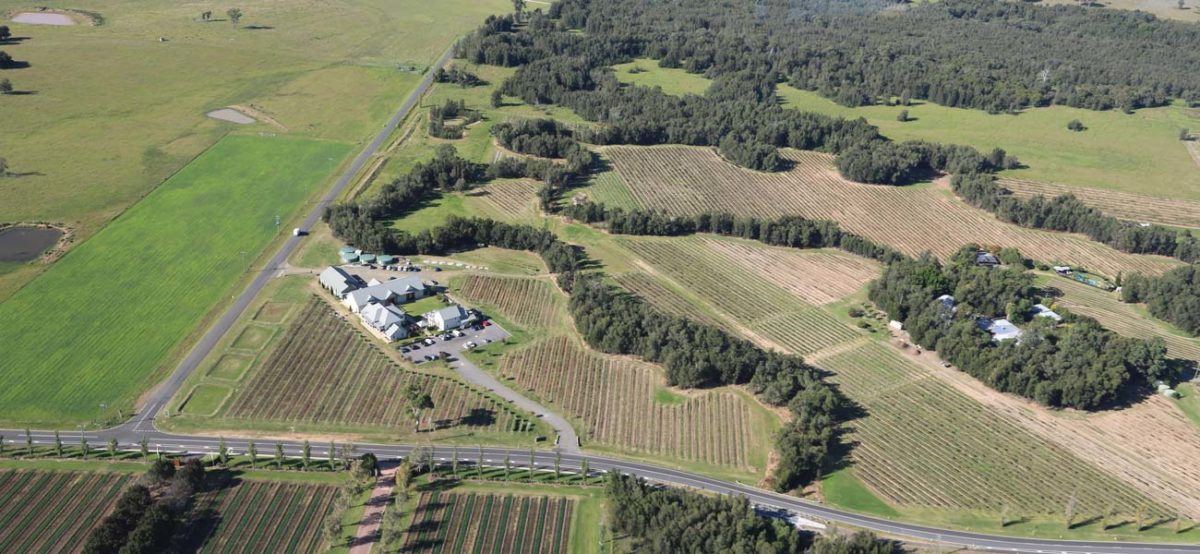Australia’s farming communities have suffered droughts, fires, and floods in recent years, and now a plague of mice are laying the first good crop in yonks to waste. The only respite, perhaps, it is that it is not all bad news.
In four farming regions of New South Wales (NSW) and Queensland (QLD), a smart energy grid research project is underway to discern practical, pragmatic, replicable and effective microgrid scenarios for Australia’s agriculture industry.
The project, which received grant funding through the Regional and Remote Communities Reliability Fund, is being led by the Queensland Farmers’ Federation (QFF), Constructive Energy, Cotton Australia and ReAqua. It has already installed over 50 smart meters that are being used to take measurements and build models for how microgrids in these areas can benefit farming communities and their electricity networks.
At times as tough as these, reductions in a property’s electricity bill is like a small answered prayer, but first, a good deal of real-time energy data needs to be collected. “The project will utilise smart meters to create four virtual microgrids and test their suitability in different circumstances,” said QFF CEO Georgina Davis, “including at a winery near Pokolbin, a cotton farm near St George, a mixed commodity farm near Wee Waa, and seven cane farms and a water service provider near Mackay.”
The collected data will provide detailed insights for participants and project stakeholders on a custom platform. Ultimately, the data is inserted into a “proprietary modelling tool” which will declare whether a microgrid is the best option for each agricultural situation, and, what is more, what manner of microgrid.
“Impacted by changing and uncertain electricity tariff prices, and charges and restrictions on solar exports, farmers are considering alternative energy assets to maximise productivity and existing infrastructure investments,” continued Davis, “This study hopes to offer data driven solutions for farmers while recommending improved service opportunities for energy network service providers.”
The virtual microgrids will test the following four overarching questions:
- Can microgrids enhance the competitiveness of agricultural industries, particularly irrigation by optimising energy consumption and generation across multiple sites?
- At what scale and in what locations could microgrids benefit agricultural enterprises, communities and energy networks?
- How should microgrids in agricultural communities’ best be approached in relation to embedded solar generation, storage and energy sharing models such as Peer to Peer trading?
- What are the benefits to local networks from understanding energy flows in real time, including the opportunity to stabilise networks and increase network utilisation?
Four case studies will be completed to test the concept in different scenarios:
- Single enterprise
- Edge of grid
- Large-scale microgrid
- One to be selected (mystery door)
Panel to table
Sarah Ciesiolka is a farmer and a participant in the project. Her farm is struggling with “very high energy bills and a complex network of electricity infrastructure,” and she joined the project because she thought it might present some great opportunities on those fronts.
“The project will help us determine how to reduce that complexity, decrease our energy costs and work out what renewable generation might fit best within our farming operations,” said Ciesiolka, “From there we can start considering the options for how best to use that excess energy, which is a fantastic position to be in.”
A fantastic position indeed. Microgrids are an ideal solution to the twin regional costs of electricity and energy infrastructure. Not only do farms enjoy more stable electricity, unhindered by incidents along the vast interconnected network, but they’re also more cost-effective, they reduce grid losses as the generated energy will be utilised locally, and they reduce grid costs at the same time as increasing reliability. All those benefits, and the energy is also renewable.
Another participant is Tulloch Wines’ primary vineyard in the NSW Hunter Valley. Tulloch Wines has already installed solar onsite but it has several meters operating at various locations around the vineyard which they are hoping to link to form a microgrid in itself.
It is a slightly different story for a cotton farm on the flatlands west of Brisbane which is right at the end of the grid, dealing with frequent brownouts and fluctuations. Like Tulloch Wines, solar has already been installed on site to meet some of their needs, but since they are at the end of the line they are limited in what they can put back into the grid, and therefore what they can share with their local community.
The project is set for completion in June 2022.
This content is protected by copyright and may not be reused. If you want to cooperate with us and would like to reuse some of our content, please contact: editors@pv-magazine.com.









1 comment
By submitting this form you agree to pv magazine using your data for the purposes of publishing your comment.
Your personal data will only be disclosed or otherwise transmitted to third parties for the purposes of spam filtering or if this is necessary for technical maintenance of the website. Any other transfer to third parties will not take place unless this is justified on the basis of applicable data protection regulations or if pv magazine is legally obliged to do so.
You may revoke this consent at any time with effect for the future, in which case your personal data will be deleted immediately. Otherwise, your data will be deleted if pv magazine has processed your request or the purpose of data storage is fulfilled.
Further information on data privacy can be found in our Data Protection Policy.